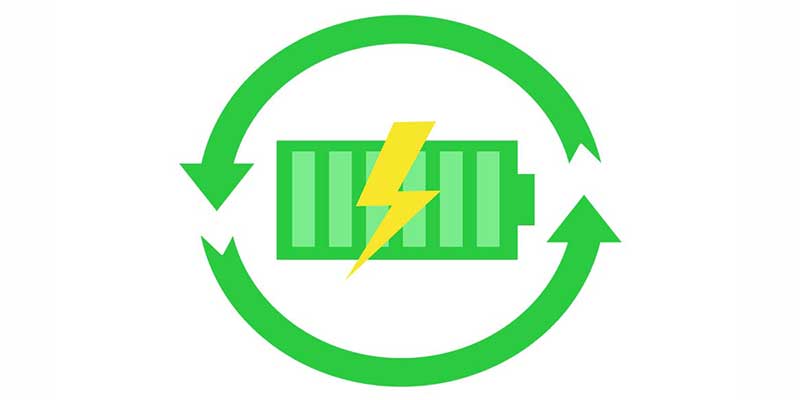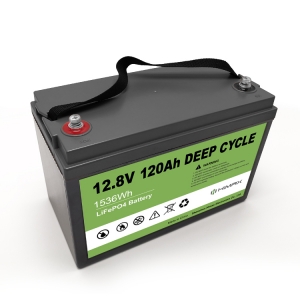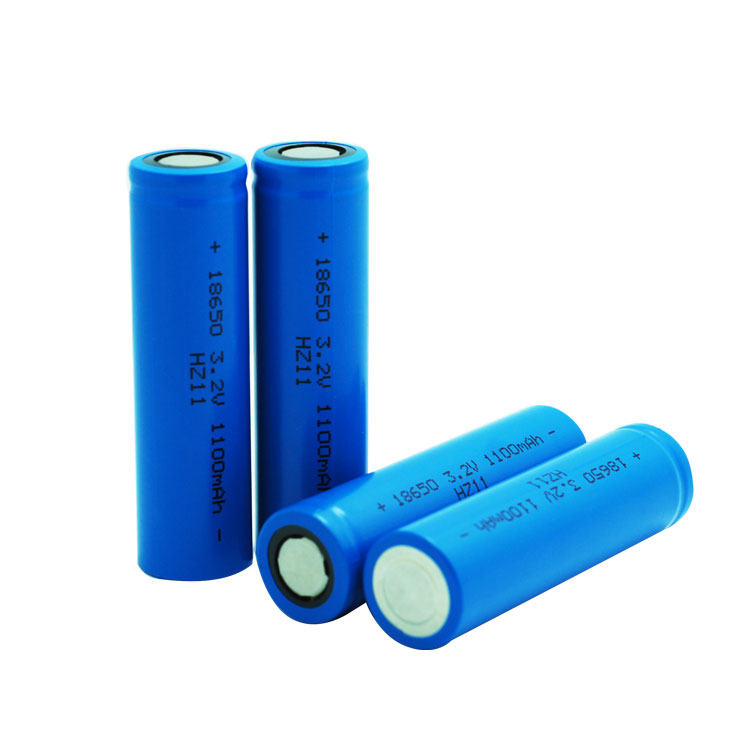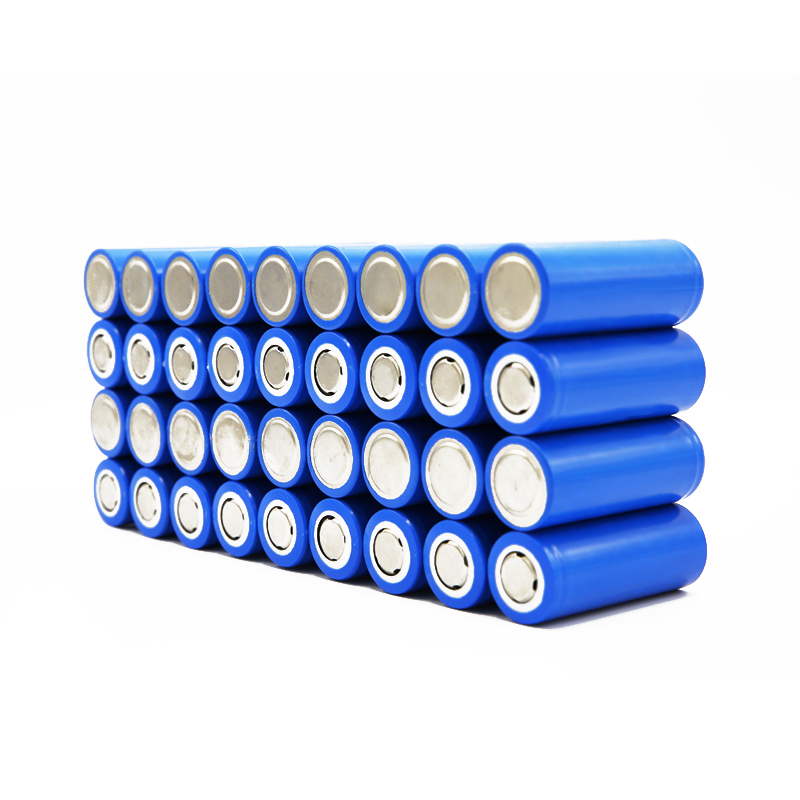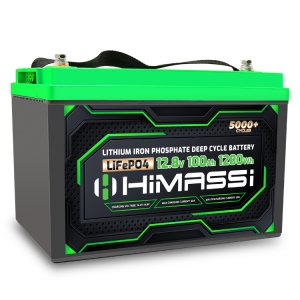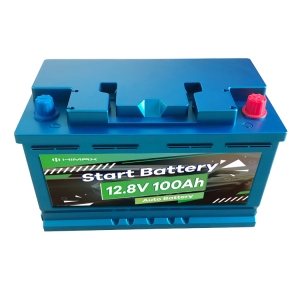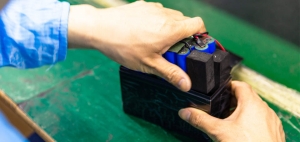What impact will the EU Battery Law officially take effect on the lithium battery industry chain?
The “EU Batteries and Waste Battery Regulations”(hereinafter referred to as the “New Battery Law”) officially came into effect on August 17. The new regulations will have a profound impact on all aspects of the entire life cycle of the battery industry chain including custom lithium battery pack design, production, and recycling in the EU.
Among them, the release of battery passport information has particularly attracted industry attention. According to the battery passport concept proof released by the Global Battery Alliance (GBA), product information has four important components: battery information (Battery), material information (Material), environmental social responsibility and corporate governance information (ESG), data source information (Data).
So, will the information required to be released by the battery passport bring intellectual property protection challenges to custom lithium battery pack design?
Extending to the impact on battery design, the application of battery passport will put forward new requirements for battery design; Will the battery cell design configuration in the European market tend to be diversified or more single; What changes can companies make on the R&D side to cope with this? Meet new challenges and seize new opportunities.
At the same time, the battery passport contains information about some manufacturing segments, which poses more challenges or opportunities for battery production; how equipment companies should help battery companies improve their carbon footprint is currently a hot topic in the industry.
Recently, Hu Ke, general manager of Elacode Europe, had an in-depth discussion and communication with Li Zhe, associate professor and doctoral supervisor of Tsinghua University, and Yang Rukun, chairman of Jiyang Intelligent, on the application of battery passports in the new battery law in the field of custom lithium battery pack design and battery manufacturing. This helps the industry gain a deeper understanding of the impact of battery passports on the industry and how companies can respond to future opportunities and challenges.
The impact of new battery law on battery design
Will the information required to be published in the battery passport bring intellectual property protection challenges to battery design?
According to several Pilot (verification) cases on battery passports given by GBA (Global Battery Alliance, International Battery Alliance), some information related to the design of battery packs and battery cells is indeed announced, such as the design of the entire battery pack. Energy grade, the quality of key metals used in them, etc.
However, judging from the current three Pilot (verification) cases, the published information is relatively information that needs to be disclosed in the process of supplying battery cells or custom lithium battery pack to vehicle companies. The GBA Battery Passport does not require manufacturers to publish confidential information, such as trace amounts of metal doping, unique processes used in battery design and manufacturing, etc. Therefore, the current scope of battery passport disclosure will not affect the intellectual property protection of battery companies.
The Pilot sample of Battery Passport contains some battery performance information, such as cycle life, but some companies choose not to publish it. What are the reasons? Can share the latest research results of forward R&D and simulation-driven design in battery life prediction and failure analysis?
The issue of battery cycle life is a topic of great concern. In the case of the Battery Passport Pilot, Tesla is one of the few companies to announce battery cycle life. However, the cycle life figures it publishes are relatively low, even more so compared with the battery life figures claimed by some domestic vehicle companies. Much lower than the figures for energy storage batteries.
In fact, judging from the actual life of power batteries and energy storage batteries, the distribution range of cycle life is quite wide. A typical private car is charged and discharged twice a week, and its service life is about 10 years. In this case, the power battery is not required to have a cycle life of more than 5,000 times.
In contrast, energy storage batteries are required to have a cycle life of close to 7,000 to 12,000 times within a 10- or even 20-year warranty period. This wide range of life is mainly affected by the construction of the battery, the materials used, and key processes.However, many companies face specific pressures in practical applications, especially in energy storage batteries.
The fiercely competitive energy storage market forces companies to seek breakthroughs in low-cost, long-life batteries. This has led to some high cycle life figures on the market, sometimes as high as 14,000 to 12,000 cycles. However, many companies have found that under laboratory conditions, There is a gap between observed longevity and user expectations.
As for why some companies choose not to publish performance information such as cycle life, firstly, there are currently no mandatory regulations. Secondly, it may depend on the promotion of battery passports among companies. To solve this problem, some solutions have emerged in the long-life battery design and manufacturing field.
Regarding the basic materials and formulas of batteries, there are already formulation solutions for long-life energy storage batteries. These solutions help increase the cycle life from two or three thousand times to the expected five or six thousand cycles of iron lithium. In addition, some new electrolytes, additives, lithium salts, and other solutions also provide more possibilities for custom lithium battery pack design and manufacturing. These solutions mainly involve using new additives, material selection, and process improvements.
In this process, modeling and simulation methods play an essential role in developing long-life batteries. Modern battery models can already simulate the internal aging mechanism of the battery so that the impact of materials, formulations, design, and manufacturing characteristics on life can be predicted from a mechanistic perspective.
In addition, reasonable modeling methods can reduce the need for long-life multiple-cycle experiments and accelerate the battery development process oriented to life indicators, thus significantly shortening the development cycle.
In short, the issue of battery cycle life involves the broad application of power and energy storage batteries, which differs from a single application requirement, making the cycle life distribution range wider. When enterprises face competition and market pressure, seeking long-life, low-cost battery solutions is critical. Modeling and simulation methods play an essential role in this process, accelerating the process of battery research and development.
What new requirements will the application of battery passport bring to battery design?
Battery passport requires disclosing battery materials, energy, life, and other information, which poses many challenges during the custom lithium battery pack design stage. To achieve goals such as vehicle driving range, it is necessary to increase the energy density of batteries under the constraints of quality and capacity, which is also the focus of enterprises. At the same time, the use of environmentally friendly materials and cost reduction are also design considerations, among which cobalt-free technology has become a representative innovation in the industry.
The European Battery Act has attracted widespread attention and requires the local recycling of battery materials, highlighting the importance of battery sustainability. This impacts battery material selection and manufacturing processes, requiring sustainability considerations to be considered throughout the entire life cycle. Batteries have a long life cycle, and sustainability needs to be viewed from design and manufacturing to multiple uses, disassembly, and recycling. For example, the welding and glue inside the battery are not friendly to disassembly, so design solutions for easy recycling will bring about design changes.
In addition to performance and cost, today’s businesses must consider sustainability an important metric. Launching the battery passport will increase the transparency of battery cell design and promote cooperation and experience sharing within the industry, thereby comprehensively considering energy efficiency, environmental impact, material sources, and life cycle management in the design and achieving a more sustainable battery design.
Will the battery cell design configurations in the European market tend to be diversified or more uniform?
There has long been a structural controversy in the battery field, especially in large-scale batteries. People often hear discussions about the Unified Cell (unified cell) or 46 system. The area of energy storage batteries is relatively harmonious, with most batteries adopting a square winding hard shell system, especially the 71173 standard.
However, the diversity of structures is even more significant when it comes to power batteries. The structures of power batteries include square rolls, soft bags, blades cylinders, etc., with different shapes. Although the square roll configuration is still the mainstream, the other three structures also have their advantages. Especially for large cylindrical structures, such as the 46 series, the specifications continue to expand from 80, 95, 120, etc., and the capacity of a single battery develops from 3Ah to more than 30Ah or even higher. This structure is famous in the European market, and some OEMs support related power battery companies to create large cylindrical configurations.
The reason why the sizeable cylindrical configuration is popular is mainly reflected in two aspects: first, it continues the high efficiency of the winding production method; Secondly, when using the twisted cylindrical structure, it can better control the silicon content, The influence of factors such as high volume expansion materials on internal stress.
On the market, various configurations go hand in hand. Although some European and American companies have invested in Chinese power battery companies in the early stages, such as Volkswagen and Mercedes-Benz, there has yet to be a clear winner. Some companies have chosen soft-pack configurations, while others are moving towards large cylinders. Some companies have even proposed the concept of Unified Cell, which has the same appearance but different internal structure. This approach can reduce production diversity, such as coil production, casings, mechanical parts, etc.
To sum up, the choice of battery structure is still changing dynamically, and there is no clear winner yet. Similar to the situation in the Chinese market, this “let the bullets fly for a while” problem also exists in the European market. European and American companies’ investment and development strategies in Chinese battery companies and structure selection show that the market has not yet formed a clear consensus.
What changes can companies make on the R&D side to cope with new challenges and seize new opportunities?
The future development of the power battery industry will mainly focus on the two themes of reducing costs and improving efficiency. This is not a simple relationship from zero to one, but a process from one to one hundred about how to do better and faster based on the existing foundation. China is at the forefront in this regard, and the battery industry has entered a stage of high-quality development with an absolute size, slowing relative growth, but still full of vitality.
This also means the battery industry will maintain solid growth for some time. At this stage, accelerated development and cost reduction are crucial to the fate of the enterprise.
Among them, intelligent technology will bring revolutionary changes in the battery design and manufacturing field. Traditional battery design methods usually involve diverse sample preparation and testing processes, which wastes battery materials, staffing, and time.
Is there a new battery design method and corresponding design tools that can significantly shorten the design cycle from the traditional one year or even two years to a few weeks or months? A similar situation exists in battery manufacturing. Various wastes in the manufacturing process, such as yield issues, energy consumption, emissions, etc., must be addressed. Even when exploring new configurations, such as tab welding for large cylindrical batteries, long pole blades, etc., these problems still need to be faced.
Therefore, intelligent new design and manufacturing technologies will be the key to solving these challenges. From a design perspective, innovative technology can significantly shorten the design cycle and reduce waste. On the manufacturing side, intelligent technology can optimize factory management, improve production efficiency, reduce energy consumption and emissions, and even move towards the goal of green and zero-carbon factories.
In short, as China’s battery industry is about to enter a stage of high-quality development, intelligent technology will be a powerful tool to help companies accelerate growth and reduce costs. The introduction of this technology will have a positive impact in the field of battery design and manufacturing, pushing the industry towards a more efficient and sustainable direction.
The impact of the new battery law on battery manufacturing
The battery passport contains information about some manufacturing segments. Does it pose more challenges or opportunities for battery production?
The newly promulgated battery passport regulations, involving battery labels and manufacturing information, provide a situation where opportunities and challenges coexist. Implementing a battery passport will help standardize the entire battery manufacturing, use, and recycling process and improve the regulation and efficiency of battery use. This will help monitor various parameters during custom lithium battery pack use, improving battery quality. This will have positive significance for regulating and developing the entire industry.
Are there any obvious differences in carbon emission performance between the front, middle and back stages of battery production?
Carbon emissions are relatively evenly distributed among the front, middle, and rear sections. The energy consumption involved in the entire manufacturing process, such as heating, cooling, chemical formation, or liquid injection, consumes energy. The continuity of the battery manufacturing process, from material design to manufacturing process, requires the control of energy consumption. Therefore, achieving improvements in carbon footprint requires a concerted effort from both battery materials and manufacturing technologies.
Technical approaches to improve carbon footprint
Manufacturing technology has a significant impact on carbon footprint, especially in terms of improvements in manufacturing processes and processes. In a short time, energy consumption can be reduced by improving manufacturing processes and processes. At the same time, in the long term, it is necessary to optimize the entire manufacturing process, starting from the battery design and material system. For example, changing and optimizing the battery material system can reduce the energy consumption of the manufacturing process and thereby improve the carbon footprint.
The help and role of lithium battery equipment companies
From the perspective of custom lithium battery pack equipment manufacturers, equipment plays a vital role as executors and controllers in battery manufacturing. By establishing digital control and data systems, the equipment can help manufacturers optimize the manufacturing process and improve quality while also helping to solve the challenges of the new battery passport regulations.
If you have any question, please feel free to contact us:
- Name: Dawn Zeng (Director)
- E-mail address: sales@himaxelectronics.com

